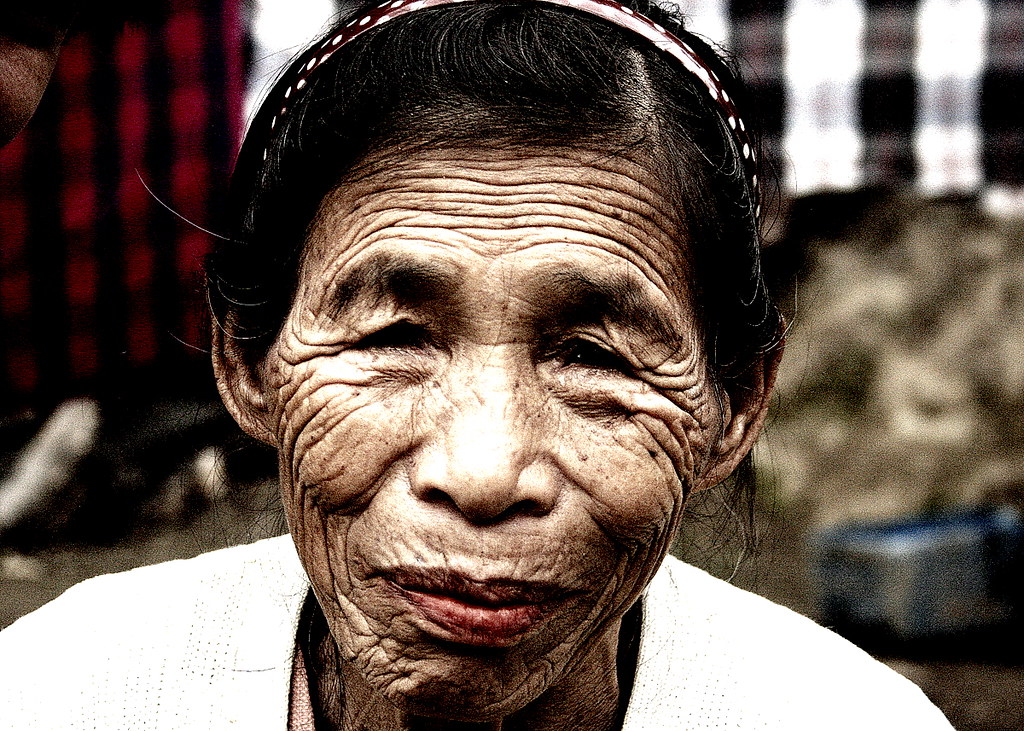The Fight Against Graveyard Poverty
 In Bayou Bennett and Daniel Lir’s haunting short film “Tombstone Pillow,” a wealthy widow’s perspective on wealth shifts as she explores the destitute living conditions of the Philippines’ Manila cemetery communities. Despite the partially fabricated storyline, the circumstances of Manila’s graveyard living are far from fiction: the cemeteries of Manila North are home to 6,000 poverty-stricken slum-dwellers, many of whom live without access to basic services. Here is some information about graveyard poverty in the Philippines and how “Tombstone Pillow” is raising awareness.
In Bayou Bennett and Daniel Lir’s haunting short film “Tombstone Pillow,” a wealthy widow’s perspective on wealth shifts as she explores the destitute living conditions of the Philippines’ Manila cemetery communities. Despite the partially fabricated storyline, the circumstances of Manila’s graveyard living are far from fiction: the cemeteries of Manila North are home to 6,000 poverty-stricken slum-dwellers, many of whom live without access to basic services. Here is some information about graveyard poverty in the Philippines and how “Tombstone Pillow” is raising awareness.
About Graveyard Poverty
Beginning as homes in the 1950s for cemetery caretakers, the cemeteries attract Filipinos living in poverty by providing free living and often some basic income for their work in the graveyards: some receive 600 pesos ($30.94) per year to take care of the graves, and others work to prepare funerals by carving headstones or digging graves. Residents also appreciate the proximity to their lost loved ones, as explained by one cemetery-dweller to The Guardian: “I like him close. I like that when I wake up I can see him … I like that I can be the one to care for his grave.”
Ultimately, however, living conditions are far from just. In addition to the sub-poverty level income many residents earn, and the lack of access to basic services including “sanitation, electricity, and clean water,” police often raid the cemeteries in anti-drug missions, shooting and killing civilians within the premises. Despite this injustice, a lack of money prevents residents from investigating the shootings.
How “Tombstone Pillow” is Fighting Graveyard Poverty
It was a chilling visit to these cemeteries in the Philippines that inspired filmmaking couple Bayou Bennett and Daniel Lir to create “Tombstone Pillow.” In fact, the name of the film draws directly from Bennett’s observation that residents used tombstones as pillows. On her LinkedIn, Bennett explains, “The reality of life in the cemetery shocked us so much, we couldn’t get the world and imagery out of our minds.” Already committed to creating “socially conscious” media, Bennett and Lir translated the “emotions, world and characters” into the film to create a vivid tale of injustice and inequality.
In “Tombstone Pillow,” a wealthy widow visits her deceased husband at Manila North Cemetery in the midst of a raid on the community. Throughout the film, she obtains a sense of compassion for the poverty of the grave-dwellers, as well as an understanding of the socioeconomic inequality plaguing her city. The film not only raises awareness regarding the destitution plaguing the 6,000 Filipino graveyard dwellers but advocates for concrete reform on behalf of the Philippine government. At present, Bennett and Lir’s goal with the film is to pave the way for reforms to the living conditions within these cemeteries via relocation to more sustainable living spaces. To accomplish this, the couple hopes to present the film to the mayor of Manila.
The Film’s Success So Far
At present, “Tombstone Pillow” has acquired 33 awards and 43 nominations globally, including Best Inspirational Film at the Venice Film Awards, Hollywood Film Awards and NY Movie Awards. “Human beings deserve better, and filmmaking is the most powerful voice we know which has allowed us to help create change and awareness to this problem,” said Bennett to Samera Entertainment.
– Alisa Gulyansky
Photo: Flickr
